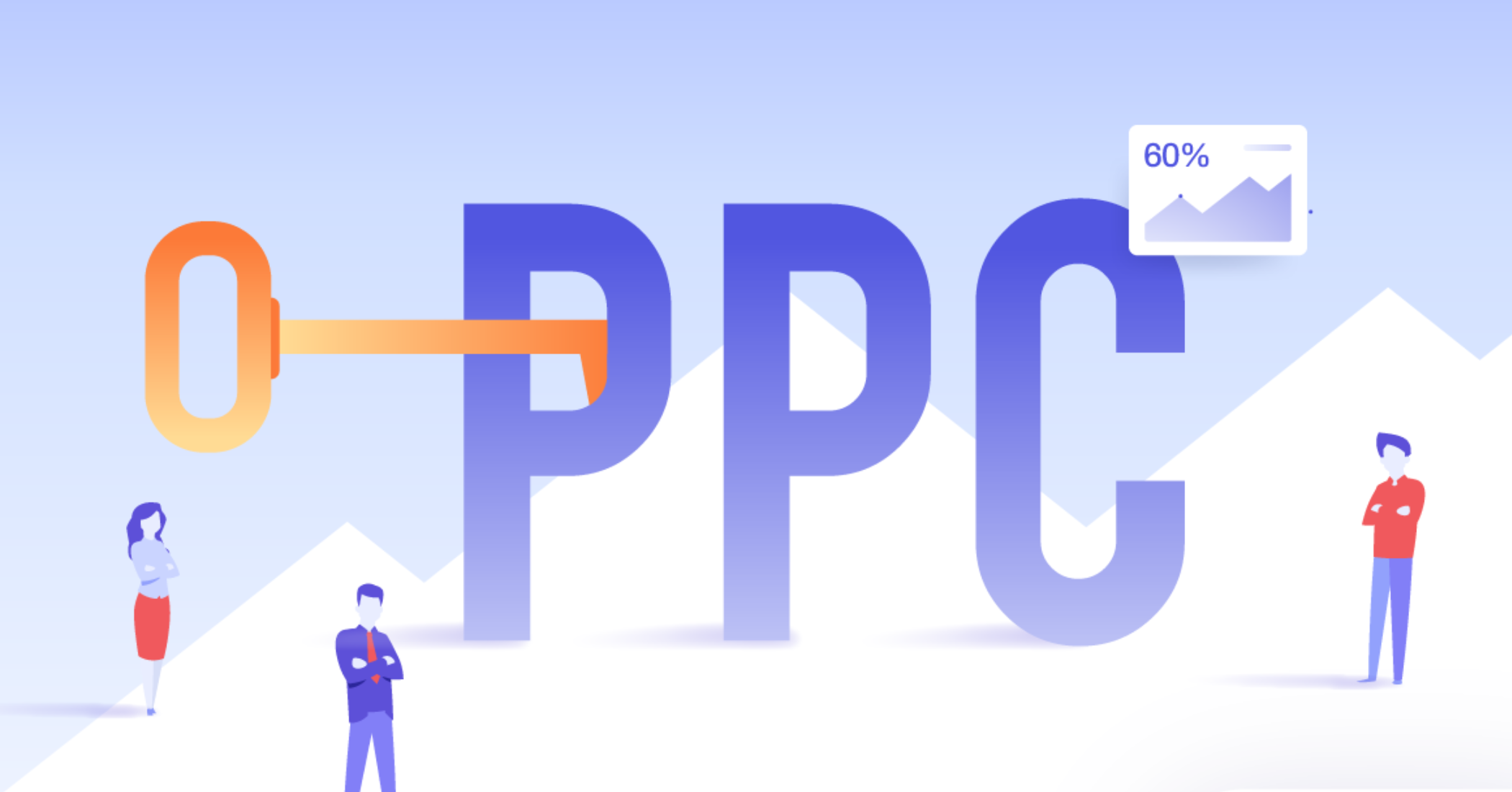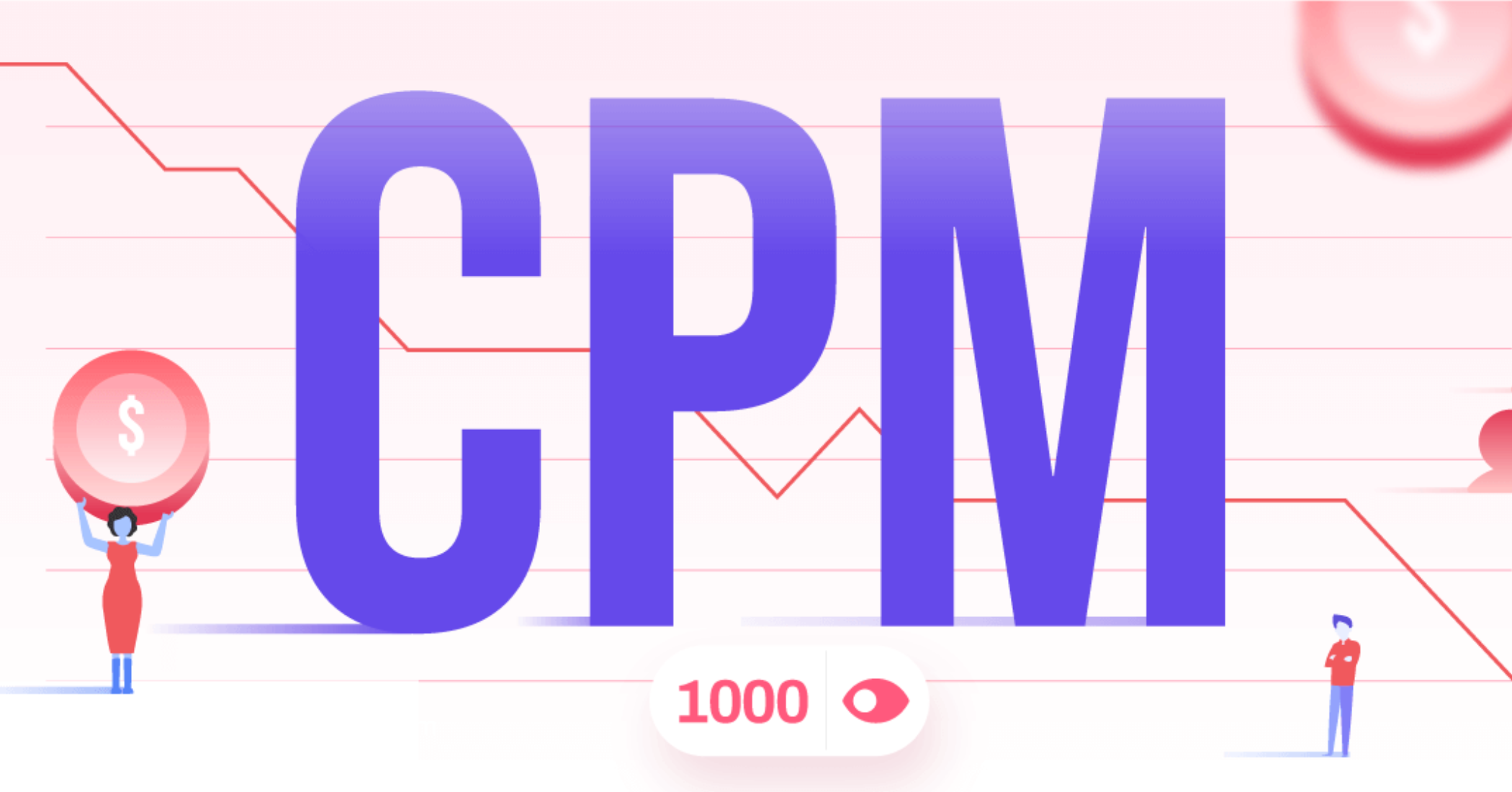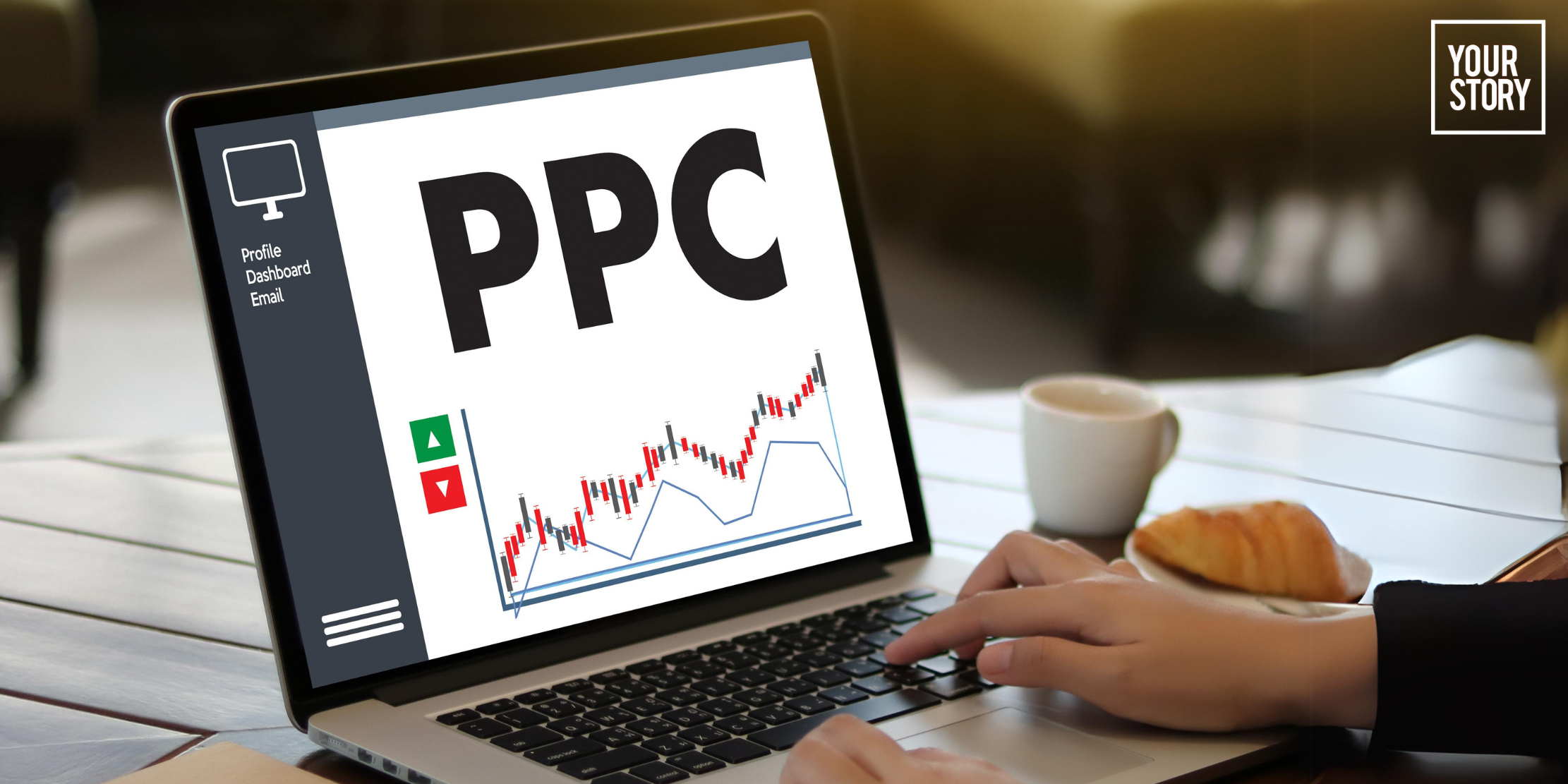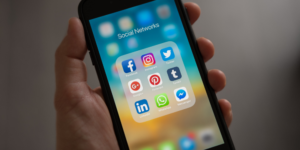
In the ever-evolving landscape of digital advertising, understanding the difference between clicks and impressions—and choosing the right payment model for your ads—is crucial for maximising your marketing budget. Let’s break down these concepts, explore their benefits, and consider real-life examples to help you make informed decisions.
Clicks: Pay-Per-Click (PPC) Advertising
What It Is: Pay-per-click is a model where you pay only when someone clicks on your ad. It’s like paying for a visitor to your shop. Google Ads is a prime example of PPC advertising, where businesses bid on keywords related to their products or services.

When to Use It: PPC is ideal when your goal is to drive action, such as purchases, sign-ups, or any form of engagement that leads a visitor further down your sales funnel. It’s best suited for campaigns where you can clearly measure the return on investment (ROI) from each click.
Benefits:
- Cost-Effectiveness: You only pay for interested prospects.
- Trackable ROI: It’s easier to track conversions and optimise your ads.
- Targeted: You can target specific demographics, interests, and behaviors.
Example: An e-commerce store running a Google Ads campaign for a new product launch. They only pay when potential customers click on their ad, ensuring their budget is spent on users with high purchase intent.
Impressions: Cost-Per-Mille / Thousand (CPM) Advertising
What It Is: Cost-per-thousand impressions (CPM) means you pay based on the number of times your ad is shown, regardless of clicks. It’s like paying for a billboard where thousands see it, but you’re charged based on exposure.

When to Use It: CPM is great for building brand awareness and visibility. It’s the right choice when you want to cast a wide net and get your brand in front of as many eyes as possible, especially in the early stages of a product launch or brand-building exercises.
Benefits:
- Visibility: Excellent for reaching a broad audience quickly.
- Brand Awareness: Helps in establishing and reinforcing brand recognition.
- Simplicity: Easier to manage and budget for, as you’re paying for impressions.
Example: A new beverage company uses Facebook ads charged on a CPM basis to introduce their brand to a wide audience. They focus on maximising impressions to increase brand recognition, not necessarily immediate clicks or sales.
Choosing the Right Model
The choice between clicks and impressions hinges on your campaign goals:
- For Direct Response: If you’re promoting an offer, sale, or looking for direct engagement, PPC might be your best bet. It’s more about quality than quantity—the focus is on attracting people who are ready to take action.
- For Branding and Awareness: When the goal is to get the word out about your brand or to keep your brand top-of-mind among your target audience, CPM can offer more bang for your buck. It’s about casting a wide net.
In both scenarios, a mix of both strategies can be effective depending on different stages of your marketing funnel. Start with clear objectives, test different approaches, and use analytics to guide your strategy and budget allocation.
Understanding the nuances between clicks and impressions allows you to craft smarter, more effective ad campaigns. By aligning your payment model with your marketing goals, you can ensure that every dollar spent on advertising pushes you closer to your business objectives.
Edited by Roshni Manghnani





![Read more about the article [Startup Bharat] How this Coimbatore-based startup is leveraging technology to standardise co-living](https://blog.digitalsevaa.com/wp-content/uploads/2022/06/CopyofImageSlidesPooja17-1654247143067-300x150.jpg)




![Read more about the article [Funding alert] Talent sharing platform Knackit raises Rs 1 Cr from serial entrepreneur Jyoti Bansal](https://blog.digitalsevaa.com/wp-content/uploads/2021/06/Image8xte-1625047169714-300x150.jpg)